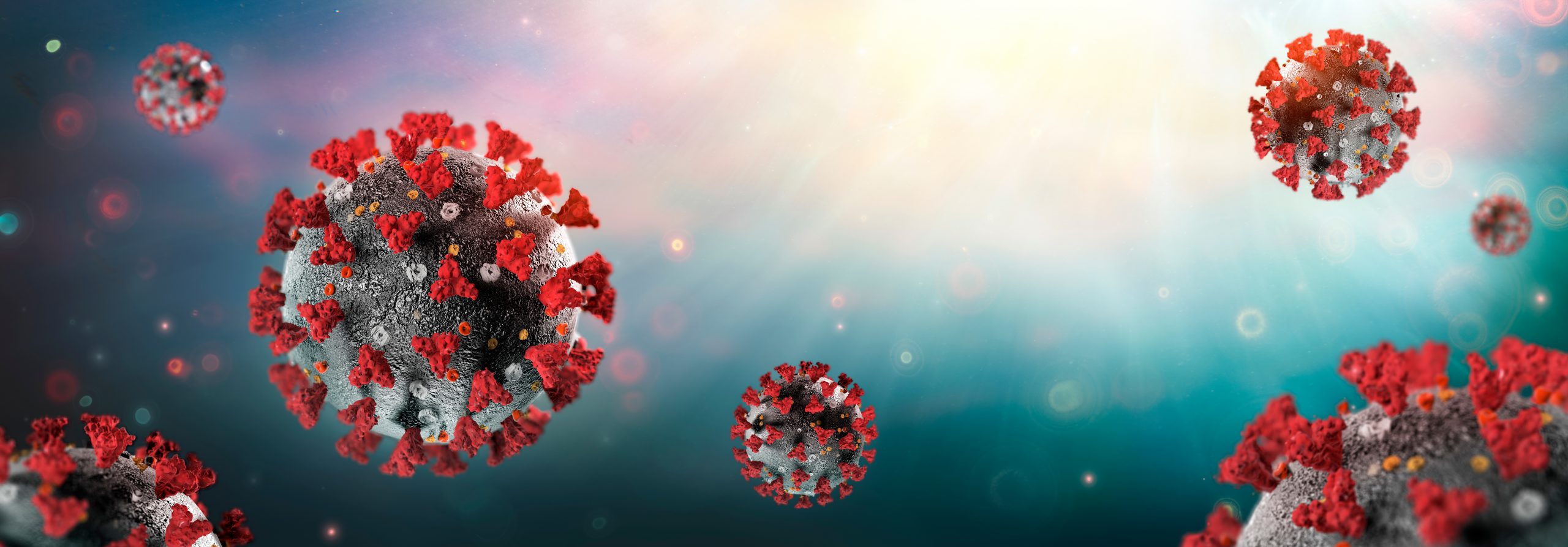
COVID-19 and subacute thyroiditis – What is thyroiditis?
Thyroiditis is the term used to describe the condition experienced when the thyroid gland becomes inflamed. The thyroid gland is a critical organ which produces hormones that are needed for many functions including the regulation of our heart rate and body temperature. Thyroiditis simply means inflammation of the thyroid. Click here to learn more about the thyroid gland.
A special type of thyroiditis
Subacute thyroiditis is a form of thyroiditis which often follows an upper respiratory tract infection. The infection is generally caused by a virus and causes the thyroid to swell and become inflamed, which impacts hormone production.
How does subacute thyroiditis present clinically?
Generally, subacute thyroiditis is observed in adults, predominantly in women over the age of 30. People with subacute thyroiditis often experience symptoms such as neck and jaw pain, fever and sometimes difficulty swallowing.
The 3 phases of subacute thyroiditis
Imagine that the thyroid is like bubble wrap. Inside the bubble wrap, there are pockets of stored thyroid hormone which usually would be released slowly. In the first phase of thyroiditis, inflammation leads to “popping of the bubble wrap”. The stored thyroid hormone is now dumped into the blood stream. This leads to thyroid hormone excess or hyperthyroidism. As the inflammation improves, the stored thyroid hormone is used up and the thyroid hormone levels then return to normal. Sometimes, there is so much damage to the bubble wrap that the thyroid can’t function properly. This can lead to a period of reduced thyroid hormone or hypothyroidism. The final phase is a return to normal thyroid function which generally occurs within 12 months.
Subacute thyroiditis is a self-limiting condition, which simply means it resolves over time without the need for treatment. In some cases, treatment is provided, often in the form of non-steroidal anti-inflammatory drugs (NSAID). NSAIDs include commonly available medicines like aspirin, ibuprofen, and naproxen. Sometimes if there is a lot of damage to the thyroid gland, it is irreparable and there may be permanent underactive thyroid or hypothyroidism.
Increased subacute thyroiditis with COVID-19
In Australia, COVID-19 has now infected more than 10 million people. Endocrinologists are reporting increased cases of subacute thyroiditis following COVID-19 infection. One study from Italy found that 15% of patients who were hospitalised in a high intensity care unit with COVID-19 experienced thyroid toxicity. When the team compared this with patients hospitalised in the same unit in 2019 before the COVID-19 pandemic, they found only 1% experienced thyroid toxicity. The researchers propose that this observation may have been due to the severe acute respiratory syndrome coronavirus-2 (SARS-CoV-2), infection. Click here to view the study.
A systematic review of more than 19 reports of 27 patients found the most common symptoms were neck pain and fever along with increases in C-reactive protein or CRP. CRP is a general marker of inflammation and is increased in COVID-19. The most common treatment that was used in the cases reported was steroid treatment, often a medicine called prednisone was used. Prednisone is often used to help suppress the immune system and decrease the pain or inflammation.
How does COVID-19 cause thyroiditis?
To become infected with a virus, the virus needs to be able to replicate inside our cells. Viruses do this by using receptors located on the surface of our cells which they can attach to. Once attached the virus can then be engulfed inside the cell where it can begin to replicate. In the case of COVID-19, the receptor used is called the Angiotensin-converting enzyme 2 or ACE-2 receptor. Most commonly we know that COVID-19 infects the cells of the lungs. Research suggests that cells of the thyroid gland also express the ACE-2 receptor. This is though to be one way in which COVID-19 can directly cause subacute thyroiditis. Click here to read the research publication.
It is possible that COVID-19 may also impact the thyroid gland in a more indirect way, through the infected lung cells. Once infected the lung cells call for help from our immune cells and together, they release a suite of toxic mediators to fight the virus. This ‘cytokine storm’ as it is sometimes called can impact other organs in the body and may be another way that COVID-19 infection contributes to subacute thyroiditis.
Does COVID-19 vaccination cause increases in subacute thyroiditis?
While infection with the virus is linked with increased cases of subacute thyroiditis, the risk following vaccination is extremely low. In a study that looked all adverse events reported following COVID-19 vaccination, those due to subacute thyroiditis were very rare and found in less than 0.02% of all adverse events reported. Click here for more information. This is good news and supports the evidence that COVID-19 vaccinations are both safe and effective.
Sources

